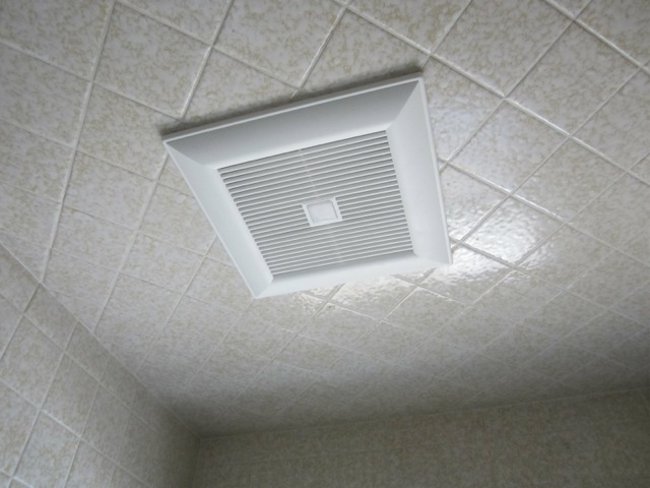Holistic approach to energy retrofits connects everything from bath fans to air sealing and insulation.
A house is a system made up of many different parts: furnace, insulation, hot water heater, plumbing, the list goes on. The whole house approach to home performance assessments and retrofits looks at the house as a system to determine how different parts of the house interact with one another to maximize the positive impact of a home energy remodel by Hammer & Hand.
This holistic approach is more than just theory, it’s a step-by-step process designed to create a home that is greater than the sum of its parts. Here’s a quick thumbnail sketch of the process:
Assess – Discover unbalanced interactions between different elements of the house.
Design – Build a plan custom-tailored to remedy these imbalances using data gathered during the assessment.
Organize & Manage – Manage specialty trades to ensure they install measures correctly.
Quality Control – Verify that installed measures rebalance interactions between different parts of the house to capture the deepest gains in comfort and efficiency.
Without understanding how the elements of a house interact with one another, contractors risk creating more problems than they solve. Sloppy home energy retrofits can lead to problems ranging from hazardous indoor air quality to little or no gains in comfort or efficiency.
Take an unassuming and often overlooked part of any home, the bath fan. As an individual component it seems simple enough, little more than a box with a fan blade connected to a duct. However, as part of a larger system, the bath fan plays a vital role in a home’s indoor air quality and durability by venting moisture laden air and indoor air pollutants outside.
Over the years, Hammer & Hand has come across hundreds of underperforming and poorly installed bath fans. Most the fans we find in the field are all bark and no bite. Despite being really loud, most can barely hold up a piece of toilet paper, let alone provide adequate ventilation.
Worse yet, other fans have no exhaust outlet at all and just dump damp air into walls or attics. Other larger, stronger fans can cause gas appliances like hot water heaters to backdraft.

Here’s an example of a poorly installed bath fan. The ductwork terminates in the attic. You can see the water ring caused by condensation on the roof deck.

Another duct simply dumps moisture laden air into the attic space.

This installation above is only slightly it better. Here the ductwork terminates near a roof vent. Without a dedicated exhaust termination there’s no guarantee that moisture will make it out of the attic space before condensing and causing problems.

On the other hand, Daren, an H & H craftsman carefully cut in this fan without damaging the existing tile. The ductwork is rigid sheet metal, with sealed mastic seams and a properly flashed termination to the roof. This fan has an in an integrated motion sensor, timer, and is nearly silent when running.

During quality control we test the fan for peak flow and optimize the continuous flow rate to maximize efficiency and indoor air quality.
Bottom line, careless installation of, or tinkering with, even a small part of your home, like a bath fan, can have severe consequences on other parts of a home. The moisture build-up in the attics pictured above could easily create mold and rot.
What’s true for a bath fan is doubly true for other, more complex components of a home
Hammer & Hand often gets calls from homeowners that are still cold and uncomfortable in their homes after hiring an insulator directly to add insulation to their home.
That’s because to effectively trap warm air, insulation must be accompanied by an appropriate amount of air sealing. Furthermore, insulation must be installed properly to ensure that it performs like it should.

In the picture above a contractor added new insulation on top of the old insulation. The problem: all the insulation in the world can’t make a house less drafty without air sealing.

After removing the old insulation, Hammer & Hand installed new water blown spray foam insulation which insulates and air seals at the same time. After the retrofit, the client’s home was cozier and their gas billed dropped from $94 per month to $37.
To avoid throwing good money at bad solutions, homeowners need a contractor with the experience and know-how to understand their home as an interconnected system.
Long story short, the whole house approach delivers measurable value that single trades alone cannot. It empowers homeowners to make their homes more comfortable, safe, and efficient while avoiding unintended consequences.
Find out more by visiting our home energy retrofits page.
Back to Field Notes